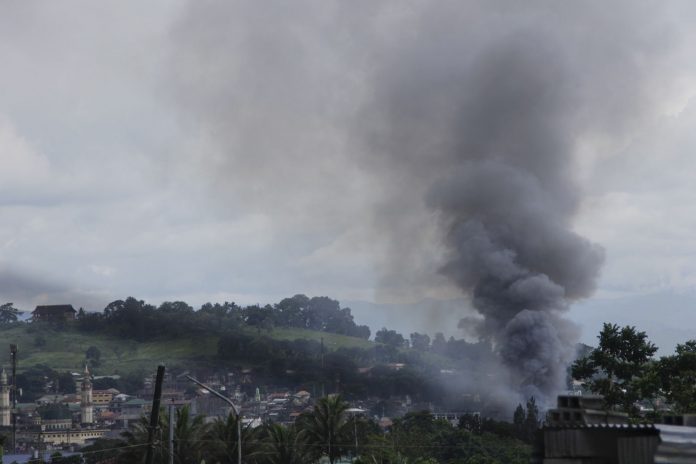
Cotabato City – The Autonomous Region in Muslim Mindanao (ARMM) is about to propose a three-phase recovery and rehabilitation plan for Marawi City, to be finalized in close coordination with the city government and the provincial government of Lanao del Sur. The implementation of the said plan will begin as soon as the conflict in the city is over.
Dubbed ‘Unified Plan for Marawi City’, the recovery and rehabilitation initiative will be linked to the existing plans of neighboring municipalities. The plan will be administered under the joint leadership of the ARMM’s Regional Planning and Development Office and the Marawi City government, and will employ the “Build-Better-Now” approach for better planning and urban design.
“The plan shall build on previous efforts on disaster preparedness, prevention and mitigation, and response,” noted an initial draft of the proposal. The final output will be culture-sensitive given the context of Marawi as an Islamic city, and will consider issues on land tenure and land use. Conflict resolution processes will also be embedded in the said plan.
“As we continue to deliver relief to those affected by this crisis, we also need to plan and to prepare to build the future that the people of Marawi are holding on to,” ARMM Regional Governor Mujiv Hataman said.
“Marawi is home to our brothers and sisters in the Bangsamoro, and it is our responsibility to make sure that it continues to be home for our people. We cannot let terror drive us away from the places we have built for ourselves and our family,” Hataman noted.
Experts from the World Bank will assist in the formulation of the said plan.
Appropriate planning tools and mechanisms shall be used in the development of the said plan, which will run in three phases. These are Early Recovery and Reconstruction (3-12 months), Medium-term Reconstruction (1-6 years); and Long-term Rehabilitation and Development (6 years and beyond).
Prior to the plan’s implementation, a series of area assessments will be undertaken to determine the extent of damage the crisis has caused on lives and properties. The next step is an inventory of existing resources that can be mobilized to hasten rehabilitation and recovery. This involves the availability of local manpower, experts, as well as institutions that can assist government efforts.
The existing area development plans of Marawi City and those of communities adversely affected by the crisis would be reviewed. While the process would welcome inputs from external experts and partners, a significant part of the output would be generated through participatory planning, using tools such as focused group discussions and workshops with local communities and resource persons.
A matrix of sectoral needs, based on estimated damage and losses, would be formulated to come up with the recovery and rehabilitation objectives. The sectors that would be covered are productive services (agriculture, industry commerce and tourism); social (housing, education, cultural heritage, and health), infrastructure (electricity, water and sanitation, transport, flood control and drainage, and telecommunications), and cross-cultural (local government, social protection, financial sector and disaster risk reduction and management). (Bureau of Public Information)






